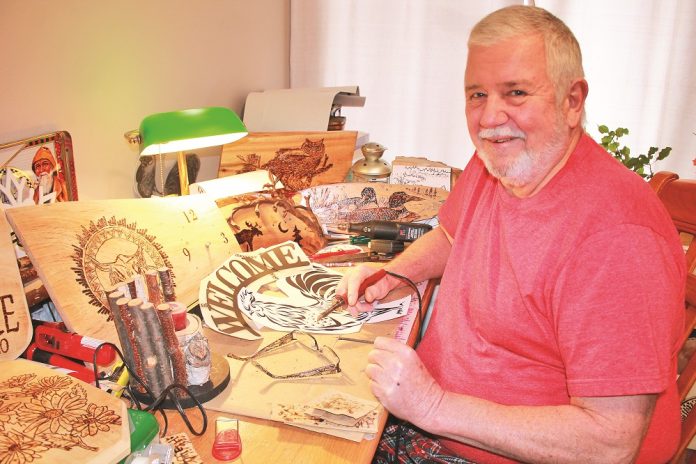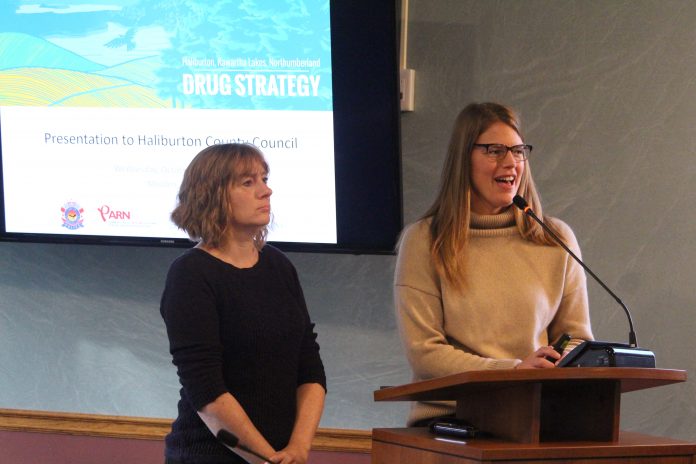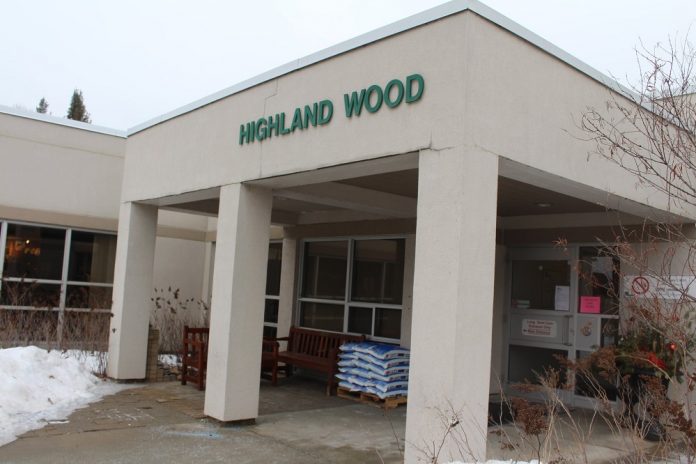Once again, there’ll be great live music in the Haliburton Highlands with the annual Winter Folk Camp concerts coming up Saturday, March 7 and Sunday, March 8.
The Haliburton County Folk Society, in a press release, said the concerts always surprise and delight audiences, with three performers sharing the stage each night at YMCA Camp Wanakita.
Saturday night’s show features the trio Boreal, and “the sweet harmonies” of Katherine Wheatley, Tannis Slimmon and Angie Nussey, Sue Shikaze said. She added Boreal’s songs conjure up vivid sights and sounds of winter that all Haliburtonians will recognize: pine branches bending low, squirrels’ footprints in the snow, the icy breath that accompanies shovelling, the sound of slap shots off the boards, and the angel truck drivers who lead us home in blizzards.
“These three artists create a warm, friendly, and genuine rapport with their audience. Their music is the perfect antidote to a winter’s night,” Shikaze said.
On stage Sunday night are a trio of guitar players: blues guitarist Emily Burgess, Drew Gonsalves playing calypso, and local jazz guitarist Nick Russell.
Burgess has toured across North America, performed at Massey Hall as the guitarist for the Women’s Blues Revue Band, and fronts her own band, the Emburys.
Gonsalves is the founder, frontman and songwriter for Kobo Town, a Juno award-winning band that blends calypso with musical influences ranging from reggae to hip hop.
Russell is no stranger to local audiences, sharing his music at Rhubarb and other venues throughout the county, with a style that combines classical and contemporary jazz and progressive rock.
“With this mix of genres and talent, there are sure to be musical moments that will only be heard on this night,” Shikaze said.
Tickets are $25 each and available online at haliburtonfolk.com or at the door. Shows start at 7:30 p.m. Cash bar is available.









